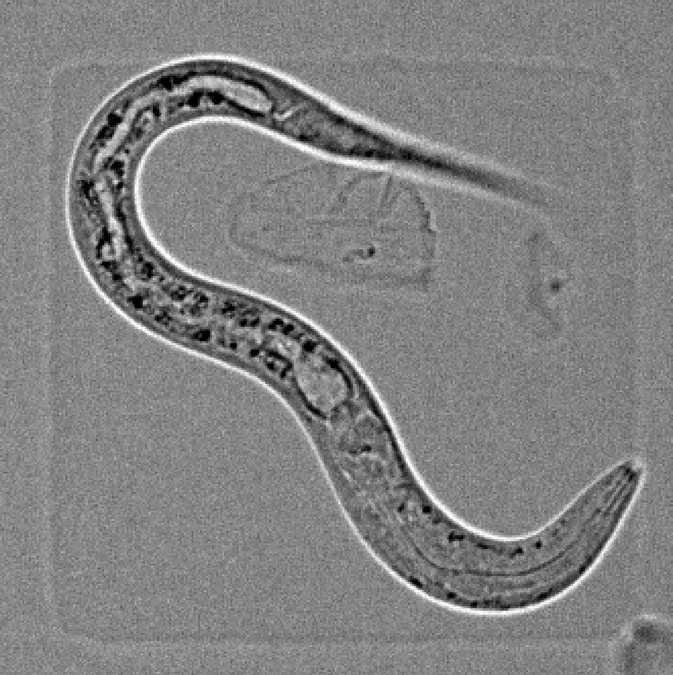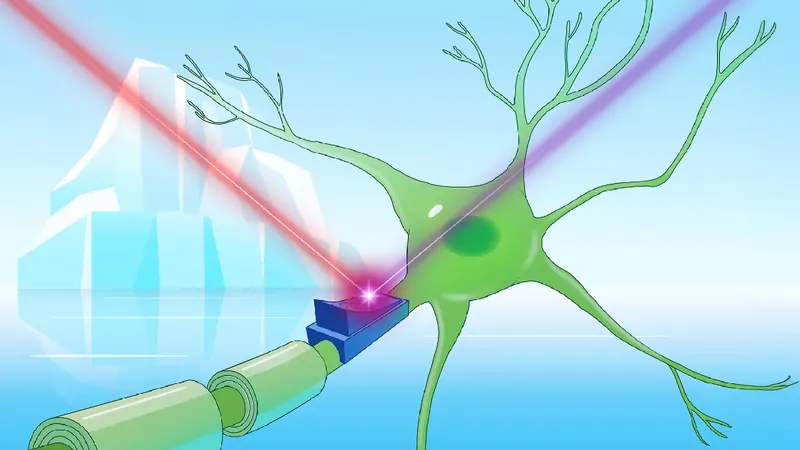
Unlocking the Sleep Switch: How One Brain Signal Controls Sweet Slumber and Waking Up
2025-05-30
Author: Nur
The Enigmatic Role of Sleep in Our Lives
Did you know that humans spend nearly a third of their lives in slumber? Surprisingly, the intricate workings of our brains during sleep remain largely a mystery. However, a groundbreaking study led by Professor Henrik Bringmann at the Biotechnology Center (BIOTEC) of TUD Dresden University has shed new light on this critical function.
A Fascinating Discovery with C. elegans
Published in Current Biology, this groundbreaking research used the humble roundworm C. elegans as a model organism. While humans possess thousands of sleep neurons, these tiny worms require only one to regulate sleep, making them ideal for unraveling the biological mechanisms behind sleep control.
"Understanding the processes of falling asleep and waking up is crucial," says Prof. Bringmann. His team aims to decode how specific brain cells, known as sleep neurons, manage the complex molecular pathways that facilitate slumber and arousal.
The Mechanism Behind Sleep: A Double-Edged Molecule
The researchers pinpointed a chemical messenger known as FLP-11, which acts like a biological switch for sleep. When sleep neurons fire up, they release FLP-11, delivering vital instructions between brain cells. "Although we knew FLP-11 was crucial for sleep, its exact role remained unclear," Prof. Bringmann explained.
Through in-depth genetic screening, the team identified a critical receptor called DMSR-1 that FLP-11 binds to in order to facilitate its sleep-inducing message. Remarkably, without this receptor, the worms displayed significantly less sleep. The presence of DMSR-1 in different types of neurons created dramatic variations in outcomes.
The Sleep-Wake Ballet
"We uncovered that FLP-11 activates DMSR-1 in two distinct types of neurons," shared Lorenzo Rossi, a Ph.D. student involved in the research. By engaging DMSR-1 in wakefulness neurons, FLP-11 effectively shuts down these neurons, allowing the worm to drift off to sleep. Curiously, the same receptor in sleep neurons also halts their activity, waking the creature when it’s time.
"It's a fascinating mechanism that efficiently regulates both the onset and duration of sleep," added Prof. Bringmann.
Could This Be a Universal Sleep Switch?
Though C. elegans experience brief sleep phases—around 20 minutes—the biological principles governing sleep are often shared across species. Prof. Bringmann speculated, "While we haven’t yet identified a similar sleep switch in humans, this study opens the door to discovering mechanisms that may guide our own sleep regulation."
This research not only enriches our understanding of sleep's biological foundation but may also pave the way for insights into sleep disorders like narcolepsy and insomnia, which severely impact quality of life. The quest for answers continues!



 Brasil (PT)
Brasil (PT)
 Canada (EN)
Canada (EN)
 Chile (ES)
Chile (ES)
 Česko (CS)
Česko (CS)
 대한민국 (KO)
대한민국 (KO)
 España (ES)
España (ES)
 France (FR)
France (FR)
 Hong Kong (EN)
Hong Kong (EN)
 Italia (IT)
Italia (IT)
 日本 (JA)
日本 (JA)
 Magyarország (HU)
Magyarország (HU)
 Norge (NO)
Norge (NO)
 Polska (PL)
Polska (PL)
 Schweiz (DE)
Schweiz (DE)
 Singapore (EN)
Singapore (EN)
 Sverige (SV)
Sverige (SV)
 Suomi (FI)
Suomi (FI)
 Türkiye (TR)
Türkiye (TR)
 الإمارات العربية المتحدة (AR)
الإمارات العربية المتحدة (AR)